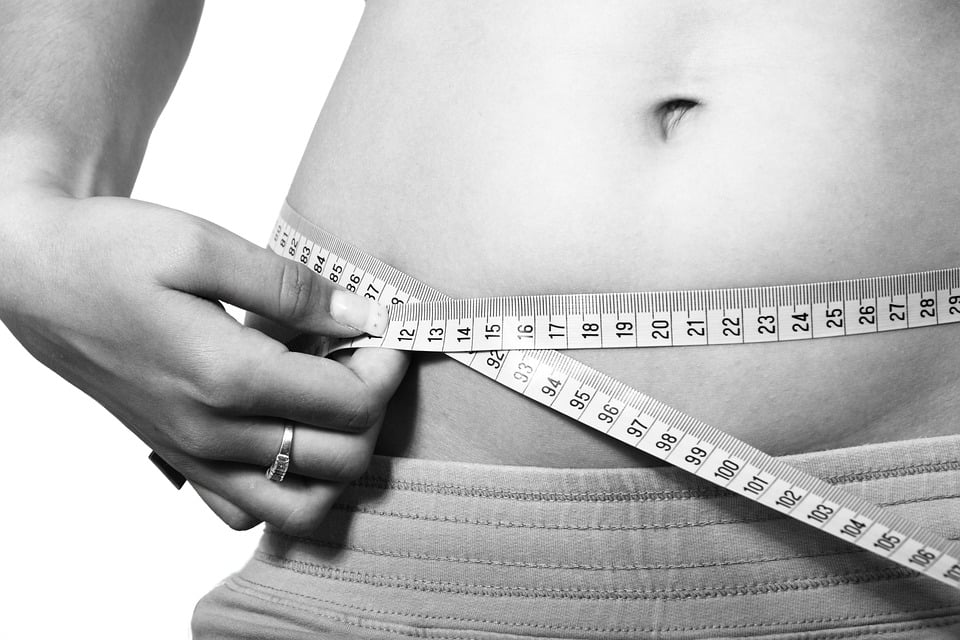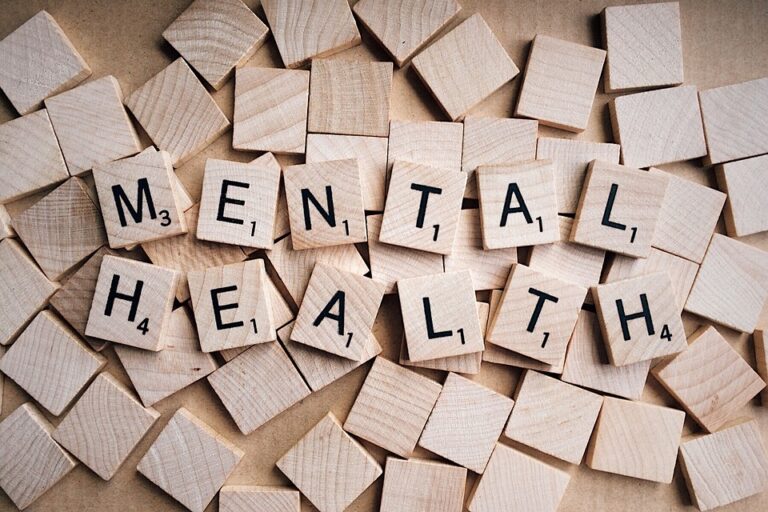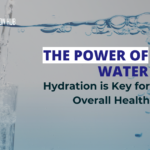Lose Fat Not Muscles: Top Myths Debunked
When it comes to losing weight, many people dream of shedding fat while maintaining their hard-earned muscles. The good news is you can achieve this goal, but the journey is often muddled with myths and misconceptions. The phrase "lose fat not muscles" captures the essence of a healthy weight loss journey, emphasizing the importance of body composition rather than just the number on the scale. In this article, we’ll debunk common myths surrounding fat loss and muscle preservation, helping you to navigate this complicated landscape with confidence.
Understanding Body Composition
Before diving into myths, it’s essential to understand the fundamentals of body composition. Body composition refers to the ratio of fat, bone, water, and muscle in your body. Weight loss often involves a complex interplay between these elements, and focusing solely on weight can lead to losing muscles instead of fat.
The Importance of Muscle Mass
Muscle mass plays a crucial role in metabolism and overall health. Studies show that having a higher lean body mass can increase your resting metabolic rate, helping you burn more calories even at rest (Hoffman et al., 2016). This highlights the importance of not just losing weight, but losing fat while preserving muscle.
Myth #1: Eating Fewer Calories Guarantees Fat Loss
One of the most pervasive myths is that drastically reducing caloric intake is the best way to lose weight. While creating a caloric deficit is essential for fat loss, excessively low calorie diets can lead to muscle loss, fatigue, and nutrient deficiencies.
The Right Caloric Deficit
Research suggests that a moderate caloric deficit—typically around 500 calories per day—can effectively promote fat loss while preserving muscle mass (Garthe et al., 2013). Eating a balanced diet rich in protein, carbohydrates, and healthy fats is key to achieving this.
Myth #2: Cardio is the Only Way to Burn Fat
Many people believe that endless hours on a treadmill are necessary for losing fat. While cardiovascular exercise has its benefits, it doesn’t have to be the sole focus.
Strength Training’s Role
Incorporating strength training into your routine can be incredibly beneficial for fat loss. A review published in the American Journal of Clinical Nutrition suggests that strength training not only aids in muscle preservation but also contributes to fat loss when combined with a proper diet (Paoli et al., 2015). Aim for at least two to three sessions of strength training per week.
Myth #3: All Fats Should Be Avoided
Another common misconception is that eating fats leads to weight gain. In reality, healthy fats are crucial for overall health and can even aid in fat loss.
Healthy Fats for Satiety
Healthy fats, like those found in avocados, nuts, and olive oil, can help keep you feeling full and satisfied, thereby reducing overall calorie intake. A review in Nutrients emphasizes the importance of including healthy fats in your diet to maintain a balanced intake of macronutrients (Pérez-Jiménez & Neveu, 2016).
Myth #4: Supplements Can Replace a Healthy Diet
Many individuals turn to supplements or weight loss pills with the belief that they can replace a healthy lifestyle. However, relying on supplements for fat loss is misguided and often ineffective.
The Power of Whole Foods
Whole foods provide essential nutrients and fiber that supplements cannot replicate. According to the Journal of Nutrition, a diet rich in whole foods can boost metabolism and improve overall health more effectively than supplements (Miller et al., 2014).
Conclusion
Understanding that you can lose fat without sacrificing muscle is key to a successful weight loss journey. By debunking these myths, you become better equipped to navigate through the world of nutrition and exercise. Focus on a moderate caloric deficit, incorporate strength training, include healthy fats, and prioritize whole foods. You’re not just aiming to lose weight; you’re transforming your body composition. For more guidance, see our detailed guide on healthy eating habits!
Frequently Asked Questions
What does it mean to lose fat not muscles?
Losing fat not muscles means achieving weight loss while preserving muscle mass. This involves a balanced diet and a combination of cardiovascular and strength training exercises.
Can I lose fat while increasing muscle mass?
Yes! It is possible to lose fat while gaining muscle through a well-structured diet and exercise plan. Prioritize protein intake and strength training to support muscle retention.
How can I ensure I’m losing fat and not muscle?
To ensure fat loss without losing muscle, focus on a moderate caloric deficit, consume adequate protein, and incorporate strength training into your fitness routine.
Is cardio necessary for losing fat?
While cardio can be beneficial for fat loss, it’s not the only method. Strength training is equally important and can help preserve muscle while promoting fat loss.
What role does protein play in losing fat not muscles?
Protein is crucial for muscle maintenance during a caloric deficit. It helps repair and build muscle tissue, making it an essential macronutrient for those looking to lose fat without losing muscle.
Can I lose weight without exercising?
While exercise amplifies fat loss, a healthy diet can lead to weight loss by itself. However, incorporating exercise will enhance results and help preserve muscle mass.








